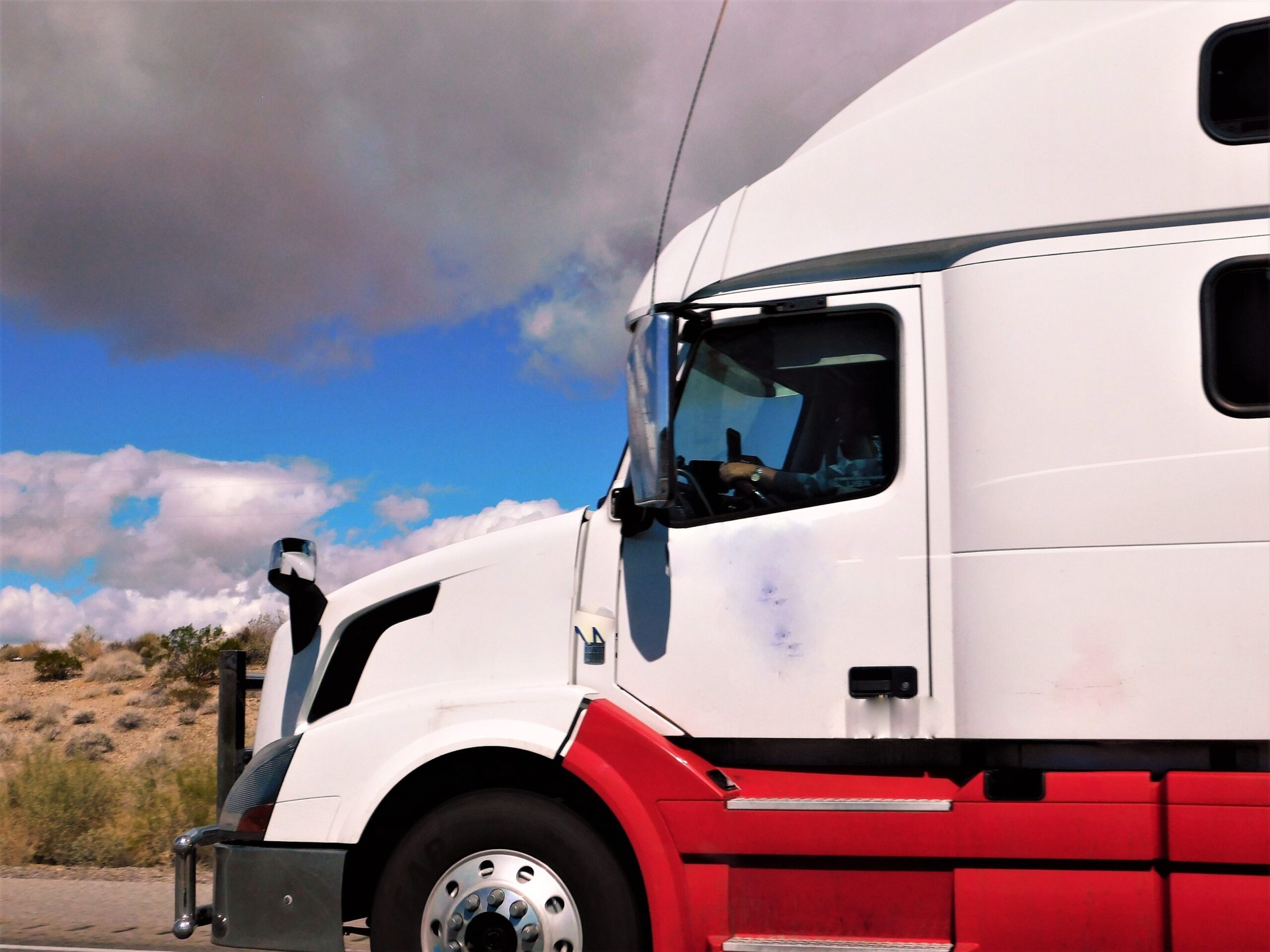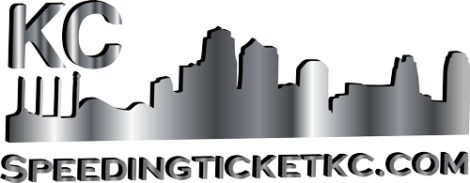Research shows that during 2023, truck accidents in the United States claimed the lives of…
Understanding the Legal Aftermath of a Truck Accident – Guest Post

Truck accidents are among the worst ones that may occur on American roadways, as commercial trucks and passenger automobiles have such different weights and sizes. For those affected, the legal landscape resulting from these events differs greatly from that of ordinary car accidents, which causes challenges and problems. To assist you in knowing what to expect and how to defend your rights, this page looks at a few important facets of the legal process following a truck accident.
Multiple Liable Parties and Complex Responsibility Chains
Truck accidents often involve several possibly liable participants, unlike most vehicle accidents, where blame usually rests on one or two drivers. Operational mistakes, hours of service infractions, distracted driving, or impairment might all fall on the truck driver. Under theories of vicarious liability for employee conduct, irresponsible recruiting practices, inadequate training, poor maintenance standards, or inciting safety violations through unrealistic delivery deadlines, the trucking firm can be accountable. Truck maintenance providers may have shared responsibility for mechanical problems. Depending on their degree of operational control, brokers and shippers might share liability. Dangerous road design or maintenance problems could even constitute liability for governmental agencies. Usually carrying separate insurance coverage and using different legal teams, each organization creates a multiparty legal environment that calls for careful study to negotiate properly.
Federal Regulations and Industry-Specific Legal Standards
Operating under a thorough regulatory system, the commercial transportation sector greatly influences legal claims resulting from accidents. Establishing and enforcing rules covering almost every facet of commercial vehicle operation, the Federal Motor Carrier Safety Administration (FMCSA) Standards for driver qualification call for licenses, training, medical testing, and background checks. Requirements for vehicle maintenance define inspection plans and paperwork. Load security guidelines set correct freight handling techniques. Protocols for drug and alcohol testing set tougher criteria than those for regular drivers. Professionals such as California truck accident lawyers knowledge of federal transportation rules can help in collecting and evaluating significant compliance records like driver qualification files, inspection reports, maintenance records, and electronic recording data. The legal theory of “negligence per se” could apply when regulatory breaches directly cause accidents and generate presumptions of negligence that might significantly impact liability determinations. These complex rules call for legal counsel versed in the subtleties of federal transportation rules and their application to accident claims.
Specialized Insurance Coverage and Minimum Requirements
Unlike regular passenger vehicles, commercial trucking operations retain insurance coverage regulated by many policies and much higher minimum criteria. Federal rules mandate that depending on cargo type, minimum liability coverage ranging from $750,000 to $5,000,000 be carried by interstate trucking businesses; hazardous commodities call for the highest coverage levels. Because of the catastrophic damage possible from big truck accidents, many businesses freely keep coverage much beyond these minimums. Although the event may normally be excluded from coverage, the MCS-90 endorsement is a particularly significant trucking-specific insurance mechanism that guarantees minimal compensation for affected parties, even as a nationally mandated financial responsibility guarantee. Appropriate identification of all relevant insurance coverage calls for obtaining and evaluating several records, including insurance policies, certificates of insurance, endorsements, and federal filings.
Extensive Evidence Preservation and Specialized Investigation
In truck accident cases, the evidential terrain consists of much more data sources and paperwork than in usual vehicle collisions. Since much of this material is under the trucking company’s control and may be lawfully deleted after designated retention periods unless preservation demands are made, prompt evidence preservation actions become more important. Important information, including speed, braking patterns, throttle position, and cruise control status, is recorded by the truck’s “black box,” or Electronic Control Module. Devices for electronic logging note conformity with hours of service. Onboard video and dash cams could have recorded driving conduct or the crash. Systems of GPS tracking record the truck’s past whereabouts. Weight tickets and bills of lading provide cargo-related information. Cell phone records might show distracted driving. Scene recording calls for the identification of evidence particular to commercial vehicles, like underride damage, tire patterns, and gouge marks.
Catastrophic Damages and Complex Valuation Challenges
Many times, truck accidents cause catastrophic injuries that complicate value issues needing specific knowledge to describe accurately. Because of the forces involved, traumatic brain injuries, spinal cord injury, multiple fractures, internal organ damage, and deaths occur at higher rates than in regular vehicle collisions. Often necessitating lifetime care requirements, these catastrophic injuries produce several forms of harm categories, including large past and future medical expenses. Included in economic damages are lost pay, reduced earning capacity, vocational rehabilitation, house and car adaptations, and long-term help needs. Some examples of non-monetary damages include claims from family members for consortium, pain and suffering, emotional anguish, disfigurement, and loss of pleasure in life. The catastrophic character of these injuries sometimes results in damages more than what is covered by insurance. Hence, careful asset searches of all possibly accountable parties are necessary.
Conclusion
Managing the legal fallout from a truck accident involves different difficulties needing specific expertise and tools beyond those required for regular car accidents. Complicated liability decisions, industry-specific rules, specialized insurance issues, large evidence needs, and catastrophic damages taken together produce a very difficult legal environment. Under appropriate direction, you may negotiate this difficult terrain successfully and concentrate on your mental and physical healing following a traumatic occurrence.

